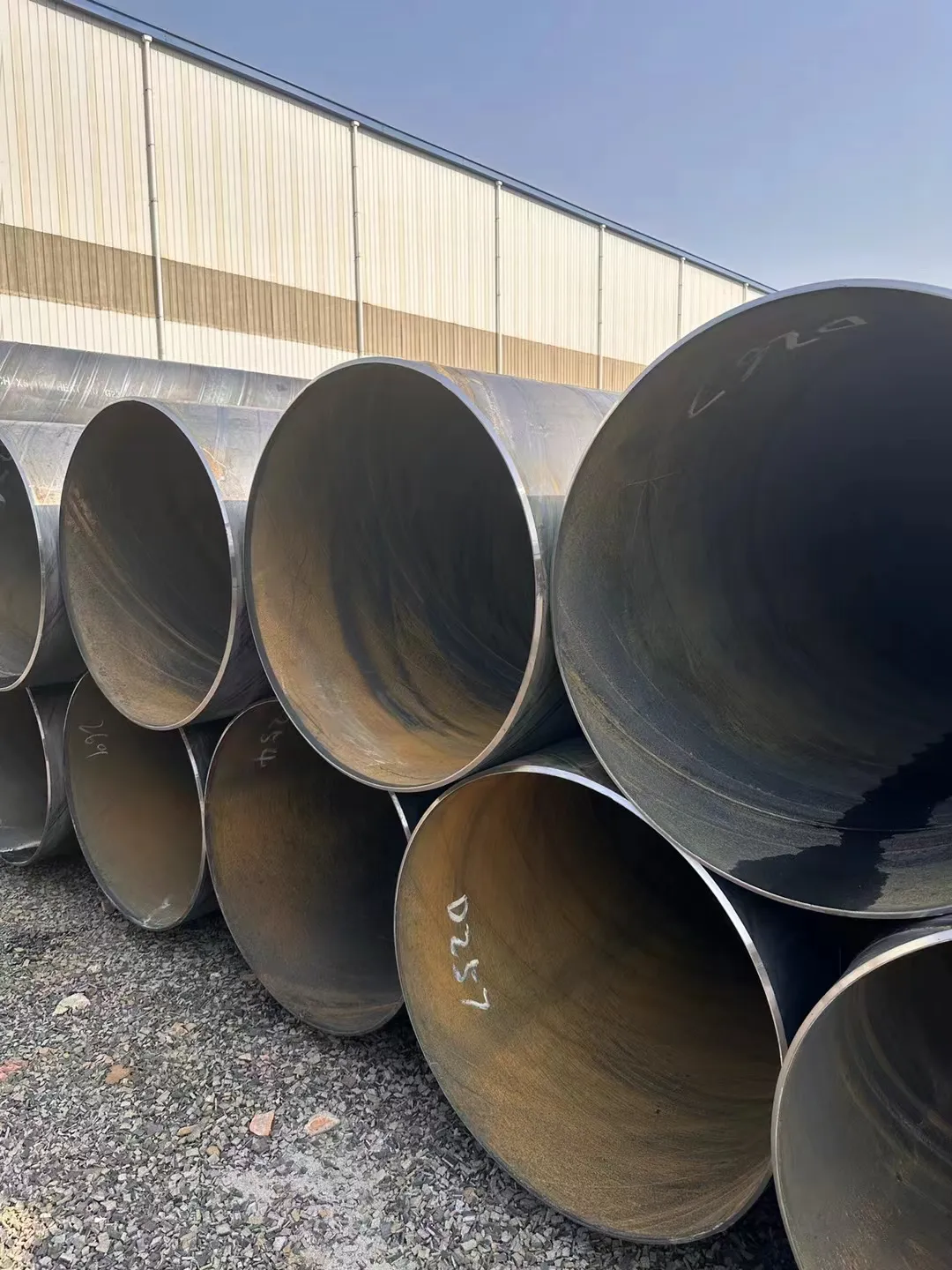-
Cangzhou Yulong Steel Co., Ltd.
-
Phone:
+86 13303177267 -
Email:
admin@ylsteelfittings.com
- English
- Arabic
- Italian
- Spanish
- Portuguese
- German
- kazakh
- Persian
- Greek
- French
- Russian
- Polish
- Thai
- Indonesian
- Vietnamese
- Zulu
- Korean
- Uzbek
- Hindi
- Serbian
- Malay
- Ukrainian
- Gujarati
- Haitian Creole
- hausa
- hawaiian
- Hebrew
- Miao
- Hungarian
- Icelandic
- igbo
- irish
- Japanese
- Javanese
- Kannada
- Khmer
- Rwandese
- Afrikaans
- Albanian
- Amharic
- Armenian
- Azerbaijani
- Basque
- Belarusian
- Bengali
- Bosnian
- Bulgarian
- Catalan
- Cebuano
- China
- China (Taiwan)
- Corsican
- Croatian
- Czech
- Danish
- Esperanto
- Estonian
- Finnish
- Frisian
- Galician
- Georgian
- Kurdish
- Kyrgyz
- Lao
- Latin
- Latvian
- Lithuanian
- Luxembourgish
- Macedonian
- Malgashi
- Malayalam
- Maltese
- Maori
- Marathi
- Mongolian
- Myanmar
- Nepali
- Norwegian
- Norwegian
- Occitan
- Pashto
- Dutch
- Punjabi
- Romanian
- Samoan
- Scottish Gaelic
- Sesotho
- Shona
- Sindhi
- Sinhala
- Slovak
- Slovenian
- Somali
- Sundanese
- Swahili
- Swedish
- Tagalog
- Tajik
- Tamil
- Tatar
- Telugu
- Turkish
- Turkmen
- Urdu
- Uighur
- Welsh
- Bantu
- Yiddish
- Yoruba

Nov . 01, 2024 10:02 Back to list
Different Types of Welding Techniques Used in Pipeline Construction
Understanding Pipeline Welding Types A Comprehensive Overview
Pipeline welding is a critical process in the construction and maintenance of pipelines that transport various fluids and gases across vast distances. The integrity and safety of these pipelines depend significantly on the quality of welding techniques employed. Various types of welding methods are used in pipeline construction, each with its unique advantages, limitations, and applications.
Understanding Pipeline Welding Types A Comprehensive Overview
Another widely used method is Gas Tungsten Arc Welding (GTAW), or TIG welding. This technique employs a non-consumable tungsten electrode to produce the weld and often uses an additional filler material. GTAW provides high-quality welds with excellent critical mechanical properties and is commonly employed for welding stainless steel and non-ferrous metals. Nevertheless, it is a slower process and requires a high level of skill and control.
pipeline welding types

Gas Metal Arc Welding (GMAW), or MIG welding, is another popular technique in pipeline welding. It uses a continuous wire feed as the electrode and an inert gas to protect the weld area from contamination. GMAW is known for its speed and efficiency, making it ideal for large-scale pipeline projects. However, it may not be suitable for all materials, particularly in outdoor environments, where wind can disrupt the inert gas shielding.
Submerged Arc Welding (SAW) is also commonly utilized in pipeline welding, especially for larger diameter pipes. This method involves the formation of an arc between a continuously fed electrode and the workpiece, submerged in a granular flux that protects the weld from atmospheric contamination. SAW is known for its deep penetration and high deposition rates, making it efficient for heavy-duty applications. However, it is generally restricted to flat or horizontal welding positions.
Finally, Electroslag Welding (ESW) and Electrogas Welding (EGW) are specialized processes often used for thick-walled pipelines. ESW is effective for vertical welding, while EGW is usually applied in a horizontal position, ensuring strong and reliable joints that can withstand high pressures.
In conclusion, the choice of pipeline welding type plays a vital role in ensuring the durability and safety of pipeline systems. Each method offers distinct characteristics that cater to specific project requirements, emphasizing the importance of selecting the right welding technique for successful pipeline construction and maintenance. Proper training, skill, and adherence to industry standards are essential for achieving high-quality welded joints that meet the rigorous demands of pipeline operations.
Latest news
-
ANSI 150P SS304 SO FLANGE
NewsFeb.14,2025
-
ASTM A333GR6 STEEL PIPE
NewsJan.20,2025
-
ANSI B16.5 WELDING NECK FLANGE
NewsJan.15,2026
-
ANSI B16.5 SLIP-ON FLANGE
NewsApr.19,2024
-
SABS 1123 FLANGE
NewsJan.15,2025
-
DIN86044 PLATE FLANGE
NewsApr.19,2024
-
DIN2527 BLIND FLANGE
NewsApr.12,2024
-
JIS B2311 Butt-Welding Fittings LR/SR 45°/90° /180°Seamless/Weld
NewsApr.23,2024











